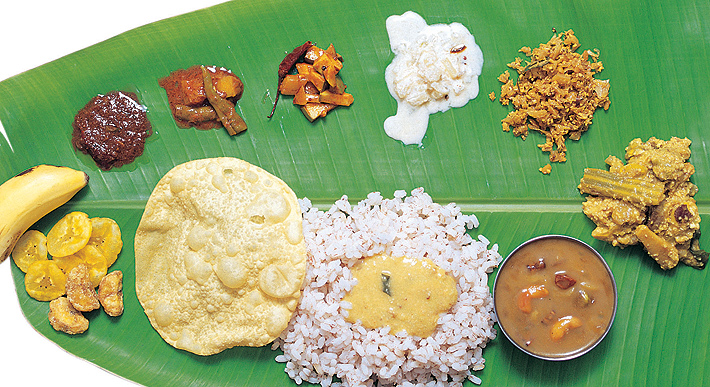Nutmeg comes from the nutmeg tree (MyristicaFragrans), which also produces mace. While both of these spices are similar in taste, providing a sweet and aromatic aroma to the dishes they are used in, nutmeg has a slightly stronger and sweeter flavour.
This evergreen tree produces a yellow fruit called drupe, which is about the size of an apricot and can be opened when ripe to reveal the hard seed(or kernel) that we know as nutmeg. The red, thread-like covering that encases this kernel is mace. The traditional method of processing nutmeg is to separate the mace from the the kernels, before drying the kernels in the sun for several days or sometimes even weeks. In more commercial production, this is achieved using industrial drying machines.
The nutmeg tree first originated in the Indonesian Banda Islands, otherwise known as the Spice Islands. The British East India Company introduced the spiceto India in the late 18th Century, and today it is so popular that – despite being cultivated extensively throughout the country – it is still necessary to import the spice from other countries in order to keep up with demand.
Nutmeg is largely cultivated in the southern state of Kerala, where the crop thrives in the tropical climateandone tree can live up to 200 years – sometimes even longer.Kerala is often referred to as the ‘land of spices’ and nutmeg is cultivated in numerous locations across the state.
Known as ‘jaiphal’ in other parts of India, nutmeg tastes best when grated fresh as it rapidly loses its flavour, and should be used sparingly. The cuisine of Kerala is renowned for using hot and spicy ingredients, as well as the sweet and fragrant nutmeg. One of the most popular dishes in Kerala is boli, a sweet flatbread that is eaten after lunch or as an evening snack. These versatile breads can be bought from hawkers on trains, and are enjoyed as part of a traditional Sadhya.
Despite not being one of the major ingredients included in the classic garam masala mix, nutmeg can be used to create a milder Kashmiri masala when blended with black cumin seeds, green cardamoms, black peppercorns, cloves, cinnamon and mace.
Health-conscious cooks will be pleased to learn that nutmeg also has a number of nutritional benefits; it’s a great source of minerals including calcium, copper, potassium, iron and zinc, as well as being rich in vitamin A, vitamin, C, folic acidand anti-oxidants beta-carotene and cryptoxanthin. It has been used in Indian medicine for generations to help the nervous and digestive systems, and is believed to contain compounds that can both soothe the brain, and stimulate it as an aphrodisiac.
But most importantly for many is the warm, spicy and unique flavour that nutmeg brings to a dish. At the Fine Indian Restaurant group, our chefs are experts at mastering the balance of spices in their cooking to produce delicious and authentic dishes. Pay a visit to either Amaya, Masala Zone or Veeraswamy to discover true Indian spices at their best, and perhaps discover something new.

